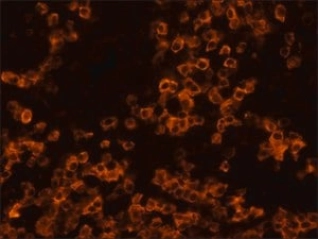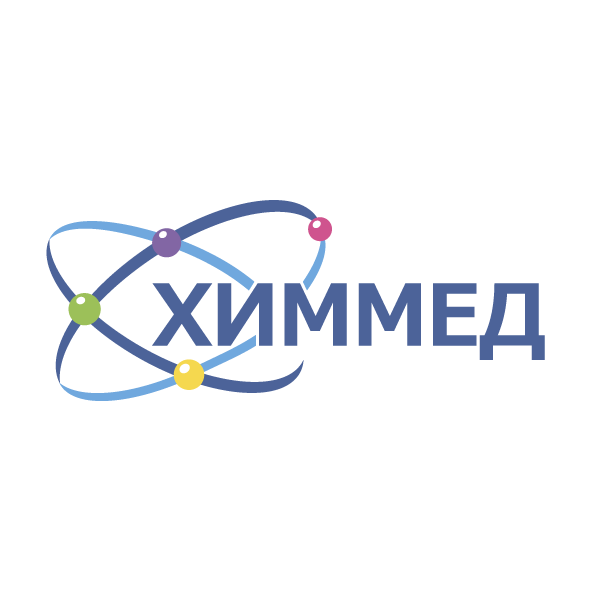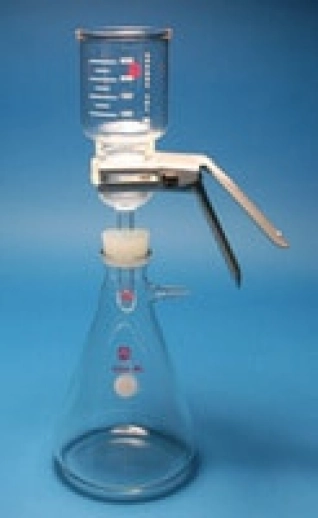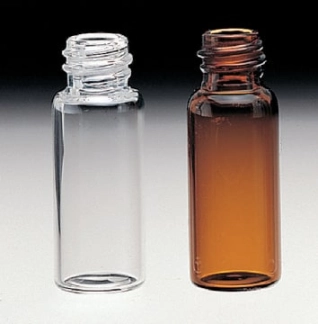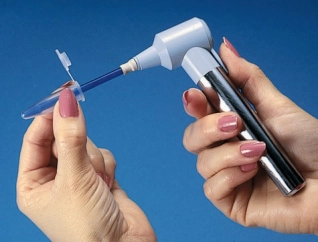{{ isErrorSetToBasket === false ? 'Товар добавлен вкорзину' : 'Не удалось добавить товар в корзину'}}
Перейти в корзину
{{Object.keys(error)[0]}}:
{{Object.values(error)[0]}}
Цена По запросу
Количество
Вы уже добавили максимально доступное на складе кол-во товара
Достигнуто максимально доступное кол-во
Под заказ
{{!!storageProduct ? 'На складе' : 'Под заказ'}}
Ожидается поставка
Description_x000D_
General description_x000D_
Binds all rat Igs_x000D_
IgG is present in large quantities in the human serum. IgG is composed of glycoproteins, out of which it is 82-96% proteins and 4-18% carbohydrates. It consists of four sub-classes i.e IgG1, IgG2, IgG3, and IgG4. IgG is composed of four polypeptide chains-two heavy chains (γ chains) and two light chains (κ or λ chains) which are linked by inter-chain disulfide bonds. The heavy chains consist of a N-terminal variable domain (VH) and three constant domains (CH1, CH2, CH3). A hinge region exists between the CH1 and CH2 region. The light chains have one N-terminal variable domain (VL) and one constant domain (CL). The heavy and the light chains are linked at VH and CH1 domain to form the Fab arm (Fragment antigen binding). The antigen binds to the V regions of the antibody._x000D_
Application_x000D_
Anti-Rat IgG (whole molecule)-TRITC antibody has been used in_x000D_
• confocal microscopy_x000D_
• immunohistochemistry_x000D_
• immunofluorescence_x000D_
Physical form_x000D_
Solution in 0.01 M phosphate buffered saline, pH 7.4, containing 15 mM sodium azide._x000D_
Disclaimer_x000D_
Unless otherwise stated in our catalog or other company documentation accompanying the product(s), our products are intended for research use only and are not to be used for any other purpose, which includes but is not limited to, unauthorized commercial uses, in vitro diagnostic uses, ex vivo or in vivo therapeutic uses or any type of consumption or application to humans or animals._x000D_
Biochem/physiol Actions_x000D_
IgG antibody subtype is the most abundant of serum immunoglobulins of the immune system. It is secreted by B cells and is found in blood and extracellular fluids and provides protection from infections caused by bacteria, fungi and viruses. Maternal IgG is transferred to fetus through the placenta that is vital for immune defense of the neonate against infections._x000D_
IgG, a monoclonal antibody can be cleaved at the hinge region by nonspecific proteases like papain and pepsin. This can result in univalent Fab (Fragment antigen binding) fragments or bivalent F(ab′)2 fragments. These two enzymes have a broad substrate specificity resulting in heterogenous fragments._x000D_
Other Notes_x000D_
Antibody adsorbed with human IgG._x000D_
Preparation Note_x000D_
Adsorbed to reduce background staining with human samples.
- Related Categories Alphabetical Index, Antibodies, Primary Antibodies, RAE-RAX, Rat Secondary Antibodies and Conjugates, Secondaries listed by Conjugate, Secondaries listed by Target Species, Secondary Antibodies, TRITCMore... conjugate


